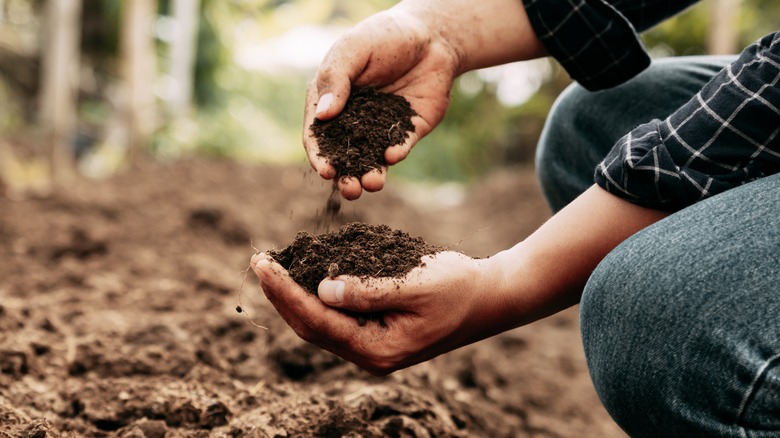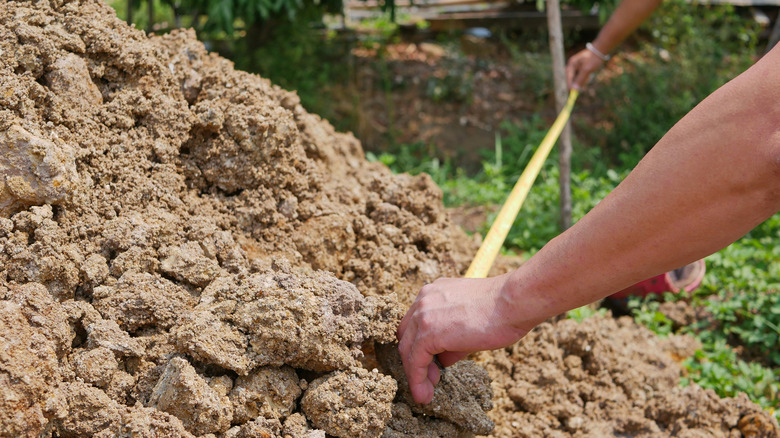The worst thing to experience as the proud owner of a garden is a space full of weeds. As a gardener, you make sure you do everything in your power to prevent these life-draining pest plants from taking root. That means staying up to date on best practices and methods to stifle them. One ingenious planting technique that will get rid of the weeds in your garden is high-intensity or high-density planting your herbs and flowers so close to each other that the weeds won’t even stand a chance.
Weeds are inevitable because the soil is full of their seeds. Just like the plants that you want, weeds can flower and produce seeds that disperse far and wide, especially in your garden. A lot of gardeners resort to using chemicals in the form of herbicides to manage the weed population, but this can end up harming the soil, other garden plants, and the natural environment. Choking the weeds out by radically planting garden plants close to each other is a better option because it is a biological form of control.
Knowing why weeds sprout is necessary to determine how to prevent them. They draw water and nutrients from the soil and take up space and sunlight meant for your plants. The competition gets too fierce, especially with vigorous weeds, and your garden ends up losing out and suffering. By growing plants very close to each other, you cut the weeds off before they even get started.
Do some pre-planting weed control by checking the state of your soil

The decision to cover every inch of your garden with plants is never an easy task. Some plants just don’t do well in tight spaces and need to be removed from the rest at certain distances. When high-intensity planting, you have to map out what the garden will look like and what will go where ahead of time. This is called pre-planting. A 2010 study in the African Journal of Agricultural Research investigating the efficiency and potency of pre-plant weed control for butternut squash crops showed that the higher the plant population density in a given area, the lesser the weed growth and the better the yield. The research also prioritizes soil preparation. While your home garden probably won’t call for tens of thousands of plants, your gardening method has to follow the same approach of knowing what you’re working with ahead of time.
Preparing your soil before planting means making sure your garden plants have everything they need to thrive, so fertilization is key. You can run a soil test to check the health of your soil by purchasing an $18 soil test kit from Earth Easy and following the instructions to know how much nitrogen, potassium, and phosphorus are present. The test will also let you know what the pH is. Based on the results, you will know what type of fertilizer to use and the quantity before planting your crops and ornamentals.
Spacing matters when choking weeds out

Mapping out the spacing of the plants is as important as checking the soil health because plants naturally compete with each other for nutrients. The spacing of your plants can be in a checkerboard pattern. This means that every row of plants is positioned to be in line with the gaps in the row in front of it. The spacing of each plant should be uniform and, according to the Virginia State University Extension, done in such a way that the leaves of each plant touch when they are fully grown. This way, they can even function as soil protection and encourage moisture retention. Use a spacing guide to know the ideal distance you should give specific plants.
Interplant according to height and maturity periods. For example, if you pair Plant A with a short maturity period with Plant B with a longer maturity period, then you can harvest A easily without giving B much competition even though they’re in the same space. Similarly, plants that require full sun and grow tall can tower over shorter, shade-tolerant species.
One disadvantage of high-intensity planting is that it can be costly to set up. You need a lot more seeds and possibly raised garden beds to house more soil per area. Also, if you don’t plan it out well, your plants could end up competing with each other. Still, this is a solution worth looking into for anyone tired of weeds suffocating their beloved yard.



